It’s easy to forget that, despite life having existed on Earth for billions of years and despite our relatively carefree existence from total destruction, throughout history there have been events that wiped out nearly everything! Fortunately for many life forms, they have the ability to go dormant and enter a state of reversible, reduced metabolic activity. In this state they are protected from decay and can survive long harsh periods where life would otherwise not survive. Is it just possible therefore that dormancy could also allow life to survive on other worlds like Mars or Venus?
Planets Without Plate Tectonics Could Still Be Habitable
It has been thought that the existence of plate tectonics has been a significant factor in the shaping of our planet and the evolution of life. Mars and Venus don’t experience such movements of crustal plates but then the differences between the worlds is evident. The exploration of exoplanets too finds many varied environments. Many of these new alien worlds seem to have significant internal heating and so lack plate movements too. Instead a new study reveals that these ‘Ignan Earths’ are more likely to have heat pipes that channel magma to she surface. The likely result is a surface temperature similar to Earth in its hottest period when liquid water started forming.
Continue reading “Planets Without Plate Tectonics Could Still Be Habitable”Has the Universe Been Designed to Support Life? Now We Have a Way to Test it!

The anthropic principle states that the fundamental parameters of the Universe such as the strength of the fundamental forces, have been finely tuned to support life. Whether this is true or not or whether it is even worthy of scientific investigation has been hotly debated. A new paper proposes some ways that this may now be tested and perhaps brings the topic under scientific scrutiny for the first time.
Continue reading “Has the Universe Been Designed to Support Life? Now We Have a Way to Test it!”Did Life Need Plate Tectonics to Emerge?

It’s widely accepted that Earth’s plate tectonics are a key factor in life’s emergence. Plate tectonics allows heat to move from the mantle to the crust and plays a critical role in cycling nutrients. They’re also a key part of the carbon cycle that moderates Earth’s temperature.
But new research suggests that there was no plate tectonic activity when life appeared sometime around 3.9 billion years ago. Does this have implications for our search for habitable worlds?
Continue reading “Did Life Need Plate Tectonics to Emerge?”A New Place to Search for Habitable Planets: “The Soot Line.”
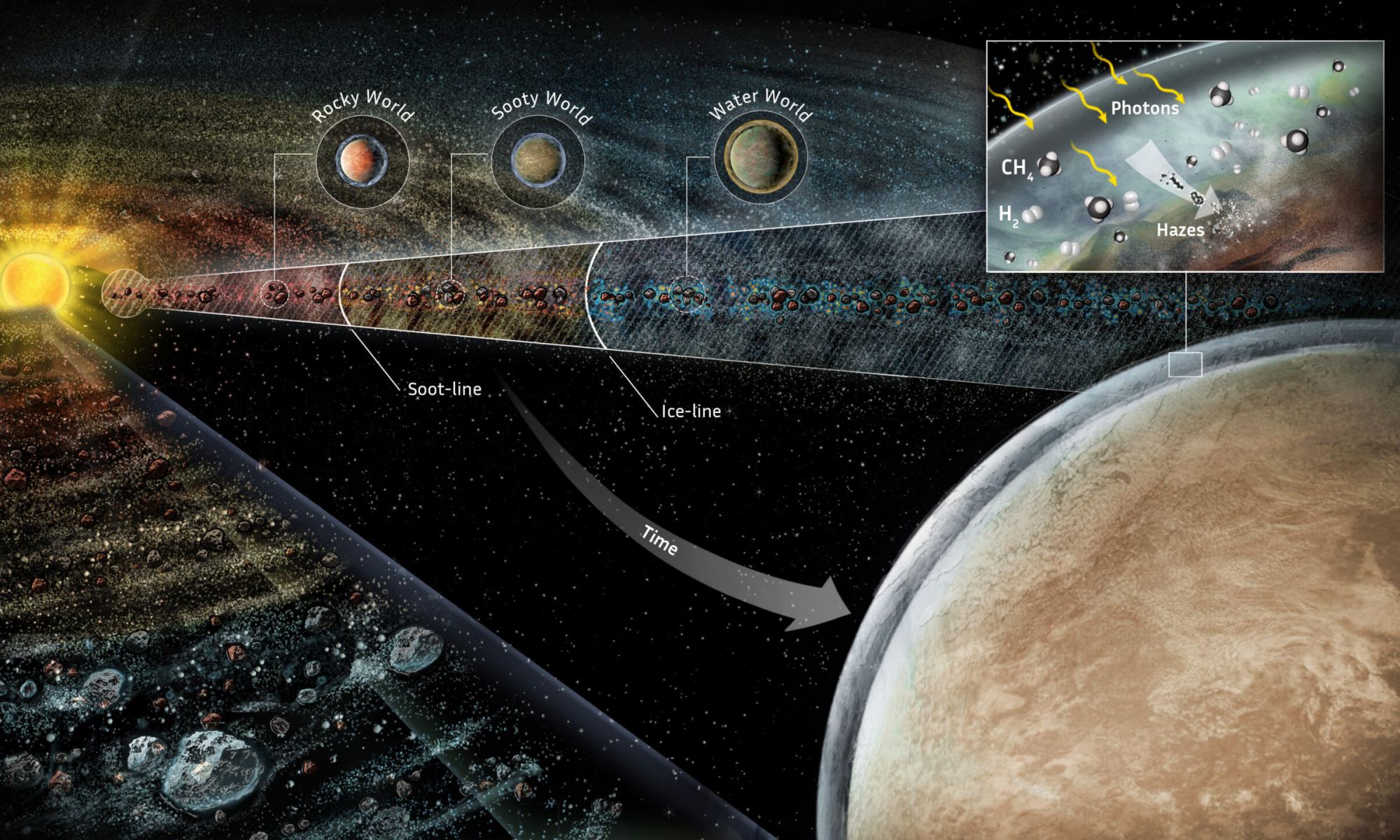
The habitable zone is the region around a star where planets can maintain liquid water on their surface. It’s axiomatic that planets with liquid water are the best places to look for life, and astronomers focus their search on that zone. As far as we can tell, no water equals no life.
But new research suggests another delineation in solar systems that could influence habitability: The Soot Line.
Continue reading “A New Place to Search for Habitable Planets: “The Soot Line.””The Raw Materials for Life Form Early on in Stellar Nurseries
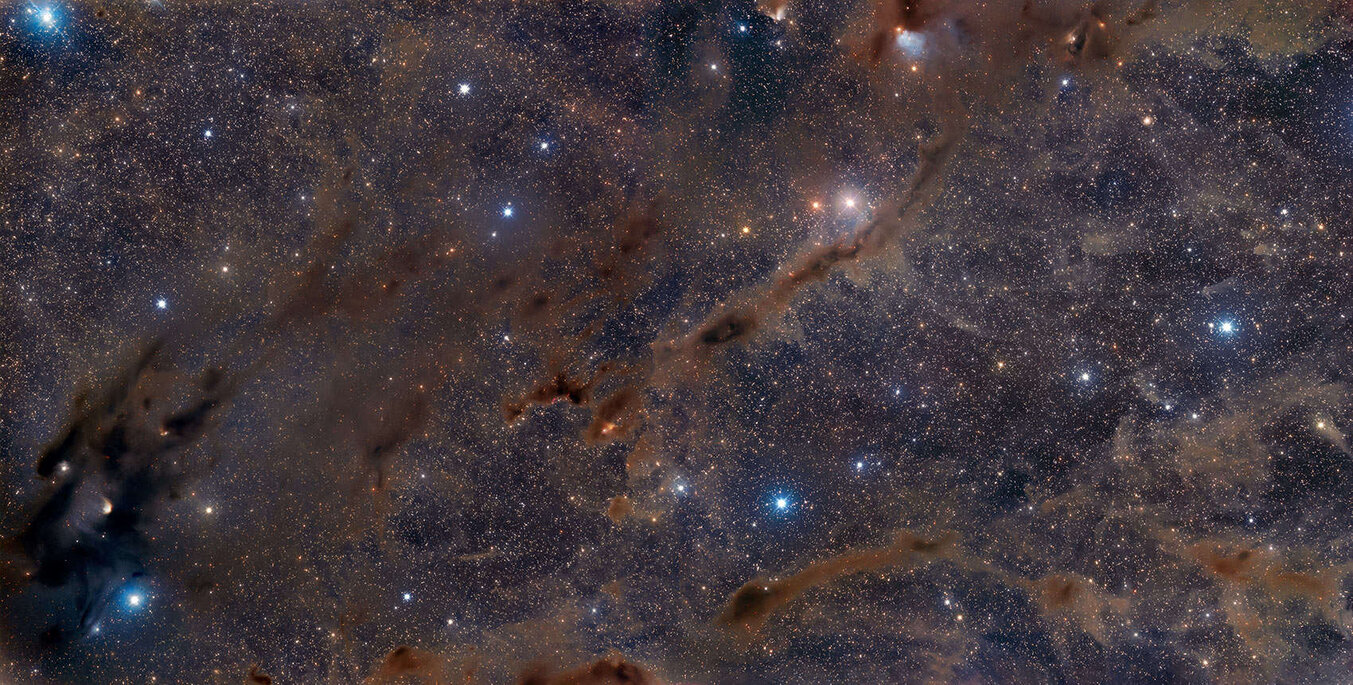
Life doesn’t appear from nothing. Its origins are wrapped up in the same long, arduous process that creates the elements, then stars, then planets. Then, if everything lines up just right, after billions of years, a simple, single-celled organism can appear, maybe in a puddle of water on a hospitable planet somewhere.
It takes time for the building blocks of stars and planets to assemble in space, and the building blocks of life are along for the ride. But there are significant gaps in our understanding of how all that works. A new study is filling in one of those gaps.
Continue reading “The Raw Materials for Life Form Early on in Stellar Nurseries”Could Life Survive on Frigid Exo-Earths? Maybe Under Ice Sheets
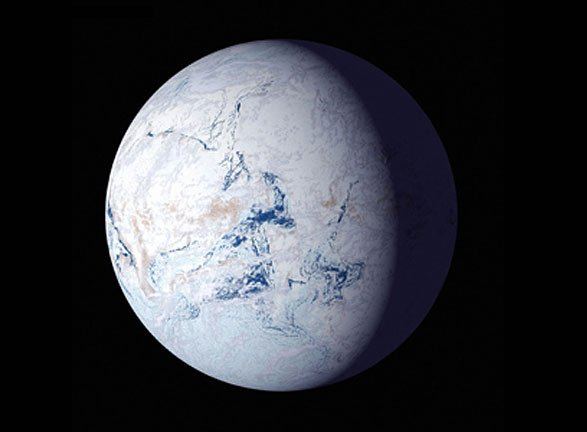
Our understanding of habitability relies entirely on the availability of liquid water. All life on Earth needs it, and there’s every indication that life elsewhere needs it, too.
Can planets with frozen surfaces somehow have enough water to sustain life?
Continue reading “Could Life Survive on Frigid Exo-Earths? Maybe Under Ice Sheets”How Dangerous are Nearby Supernovae to Life on Earth?
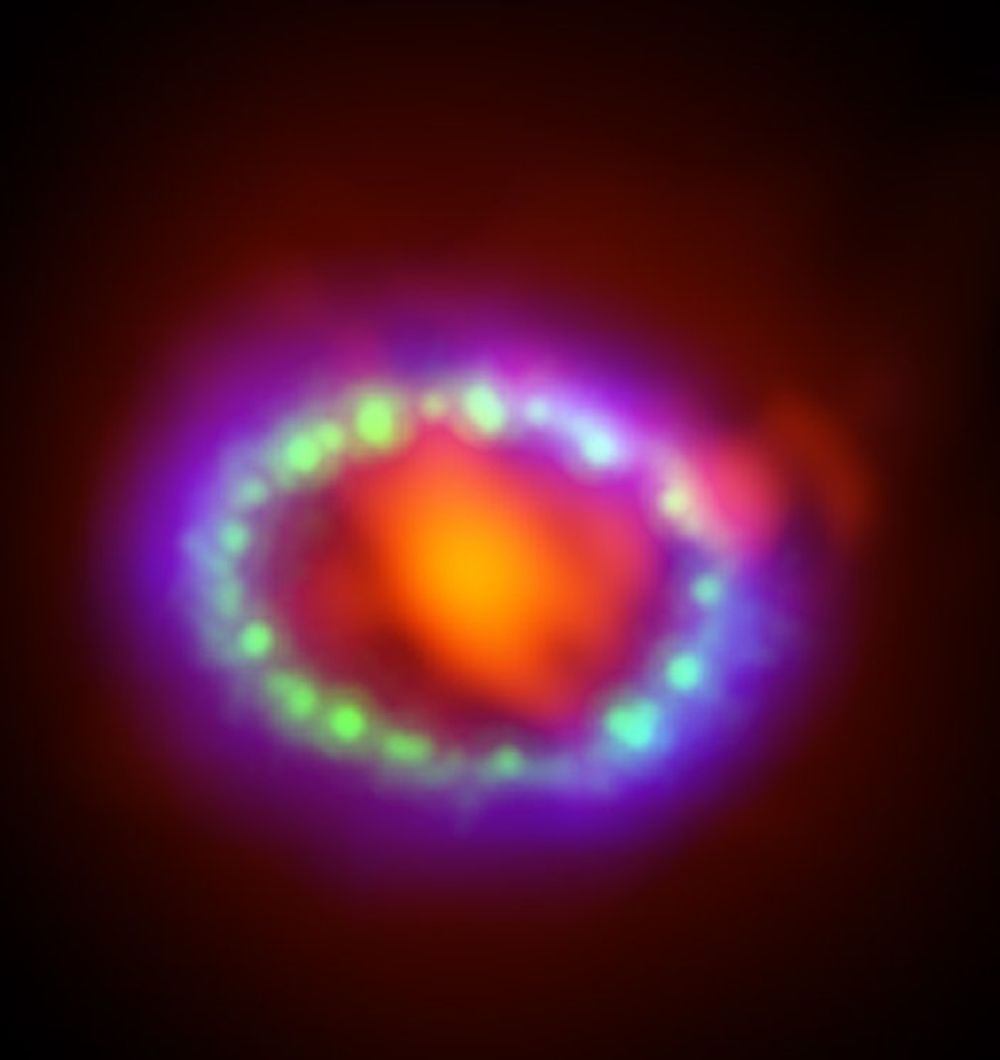
Life and supernovae don’t mix.
From a distance, supernovae explosions are fascinating. A star more massive than our Sun runs out of hydrogen and becomes unstable. Eventually, it explodes and releases so much energy it can outshine its host galaxy for months.
But space is vast and largely empty, and supernovae are relatively rare. And most planets don’t support life, so most supernovae probably explode without affecting living things.
But a new study shows how one type of supernova has a more extended reach than thought. And it could have consequences for planets like ours.
Continue reading “How Dangerous are Nearby Supernovae to Life on Earth?”Europa Could be Pulling Oxygen Down Below the Ice to Feed Life
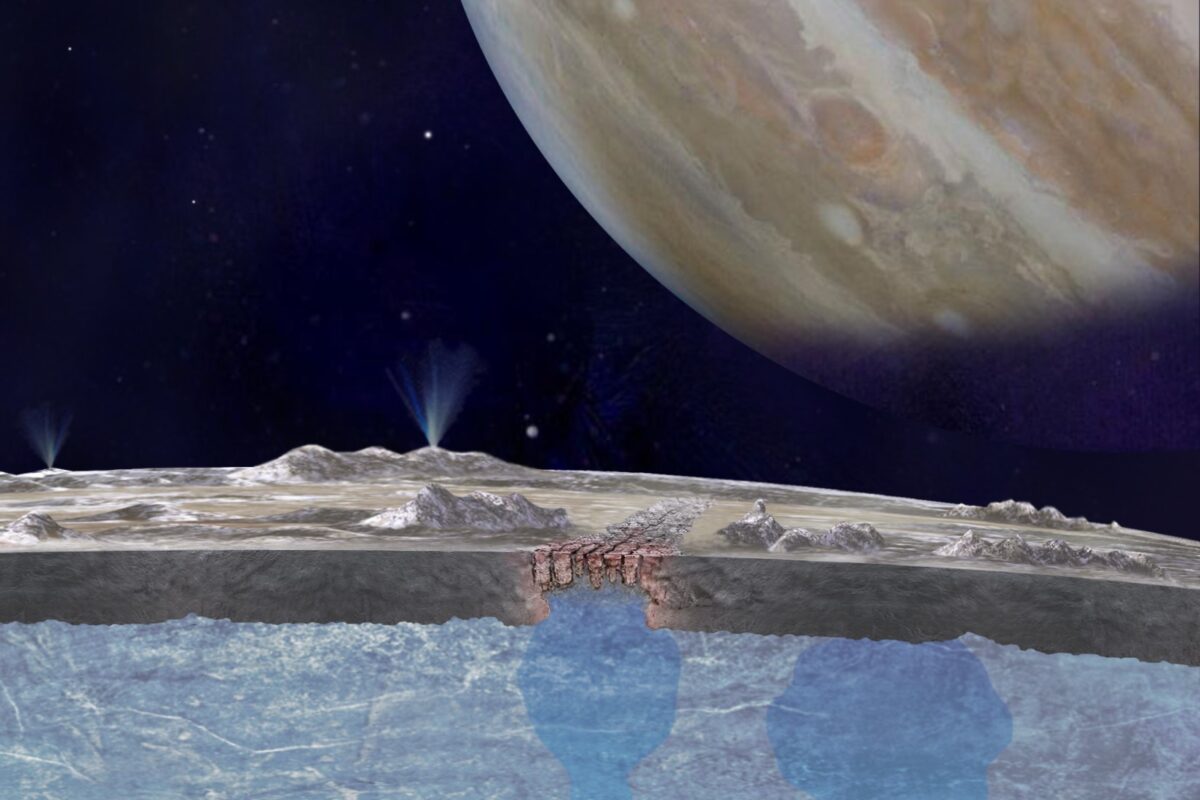
Jupiter’s moon Europa is a prime candidate in the search for life. The frozen moon has a subsurface ocean, and evidence indicates it’s warm, salty, and rich in life-enabling chemistry.
New research shows that the moon is pulling oxygen down below its icy shell, where it could be feeding simple life.
Continue reading “Europa Could be Pulling Oxygen Down Below the Ice to Feed Life”Even More Complex Organic Molecules Have Been Found in a Protoplanetary Disc. Was Life Inevitable?

Will we ever understand life’s origins? Will we ever be able to put our finger on the exact moment and circumstances that lead to living matter? Will we ever pinpoint the spark? Who knows.
But what we can do is find out how widespread the conditions for life are and how widespread the molecular constituents for life are.
Continue reading “Even More Complex Organic Molecules Have Been Found in a Protoplanetary Disc. Was Life Inevitable?”

